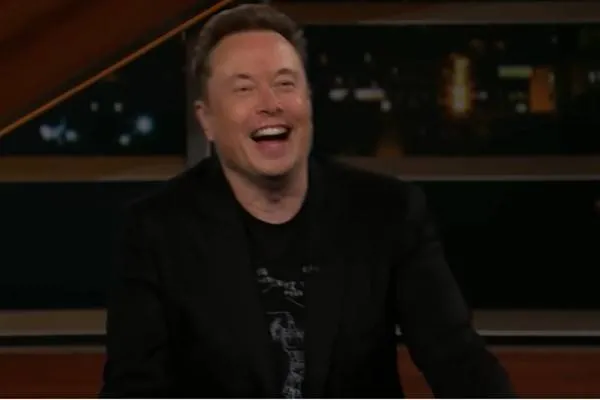FT: Big brands allocate symbolic amounts to social network X to appease Elon Musk
Stockholm, March 30 (Hibya) – The Financial Times reported that big brands allocate small portions of their advertising budgets to the social network X to avoid appearing as if they are boycotting the media platform.
FT wrote: “Major brands are assigning small amounts from their advertising budgets to Elon Musk’s X to avoid appearing as though they are boycotting the social media platform or to steer clear of a public conflict with its billionaire owner.”
Many marketing executives told the Financial Times that, following Musk's prominent role under the Trump administration, companies feel pressured to spend at least a nominal amount on X.
They also said there are concerns about legal actions Musk has taken against groups that pulled advertising after he acquired X for $44 billion in late 2022. Last month, X added about half a dozen more companies to its lawsuit, including Shell, Nestlé, Pinterest, and Lego.
Lou Paskalis, CEO of marketing consultancy AJL Advisory and former media executive at Bank of America, said: “It’s just enough to stay off the naughty list.”
“Not because the brand safety risk is gone. But the much bigger risk is that a comment Musk makes in the press could tank your stock price and turn a million-dollar risk into a billion-dollar one.”
This move comes after X was purchased this week by Musk’s artificial intelligence group xAi in a deal valuing the social platform at $45 billion, including debt. Musk said he would merge the data, models, and capabilities of both companies.
Investors have been encouraged by Musk's ties to the Trump administration and his cost-cutting approach, seeing signs of increased revenue.
According to two sources familiar with the matter, Musk and X CEO Linda Yaccarino have set a goal to bring ad revenues back to 2022 levels. They believe this is the minimum revenue X must generate without suffering losses from boycotts due to political leanings.
Data from Emarketer indicates that X’s revenue will rise to $2.3 billion this year, up from $1.9 billion the previous year. However, in 2022, when the platform was still known as Twitter and under Musk’s control, global sales stood at $4.1 billion.
Despite recent returns of groups like Hulu and Unilever, market intelligence firm Sensor Tower reports that U.S. ad spending on X in the first two months of 2025 dropped 2% compared to the same period last year.
American Express also rejoined the platform this year, but its ad spending has dropped by around 80% compared to Q1 of 2022.
Still, four major ad agencies — WPP, Omnicom, Interpublic Group, and Publicis — have recently signed or are negotiating deals with X to set annual spending targets as part of so-called “upfront agreements.”
X, WPP, Omnicom, and Publicis declined to comment. Interpublic Group did not respond to the request for comment.
Concerns in the ad industry have grown since last summer when X filed a federal antitrust lawsuit against the Global Alliance for Responsible Media — a coalition including brands, agencies, and companies like Unilever — accusing it of coordinating an “illegal boycott” under the guise of a brand safety initiative. Similar accusations came from the Republican-led House Judiciary Committee.
Unilever was dropped from the lawsuit after it resumed advertising on the platform in October.
According to a person close to the matter, some staff at GroupM (part of WPP) are now worried about what they have said or written about X, particularly during video calls, due to the ongoing legal case.
Another ad executive said the planned $13 billion merger between Omnicom and Interpublic was delayed after a U.S. regulator threatened to intervene in the deal.
Sensor Tower noted that 35 of X’s top advertisers in 2025 had not advertised on the platform in 2023, suggesting it is “attracting a new base of advertisers.” These include the Maga product store Rock Paper Sizzle, the energy drink brand Celsius, and telehealth group Hims & Hers.
Insiders at X have pointed to a growing number of small brands using self-service tools and the new AI tools from X’s chatbot Grok to build ad campaigns.
British News Agency
















